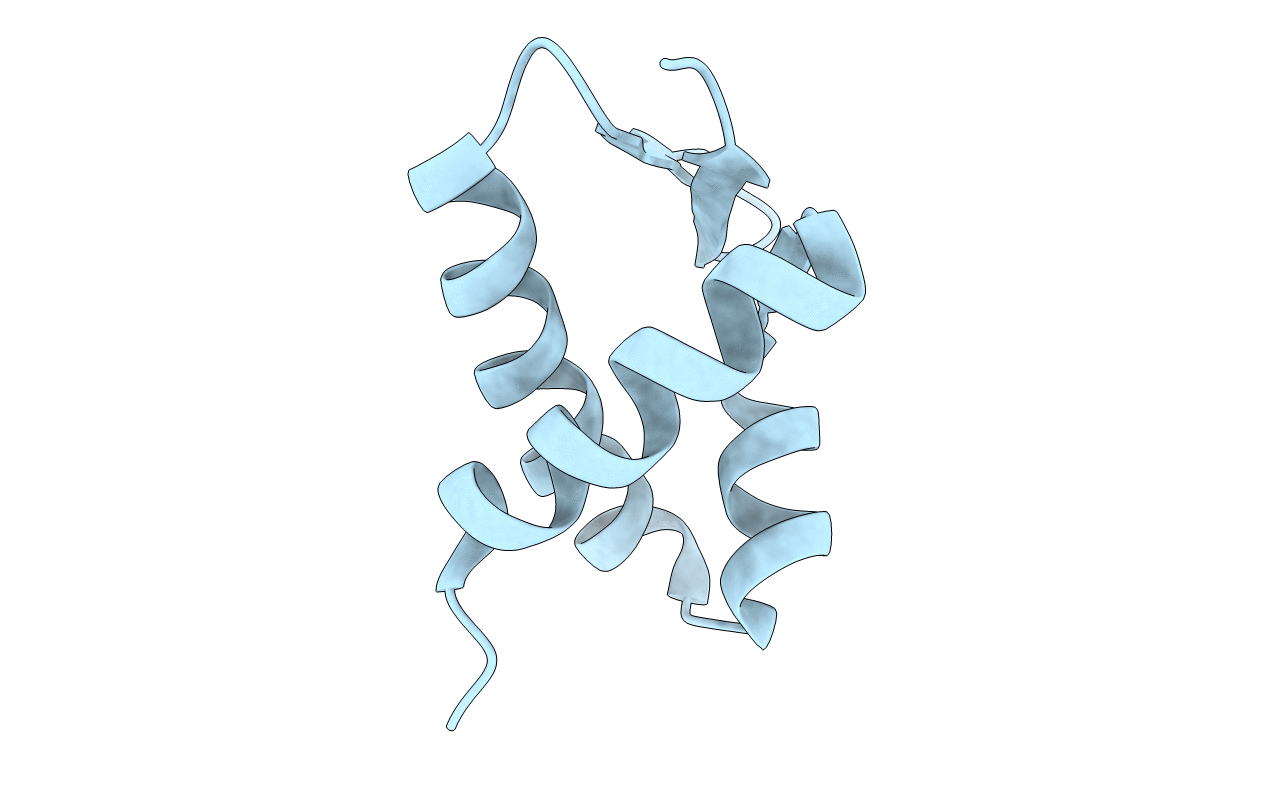
Deposition Date
2008-03-12
Release Date
2008-05-06
Last Version Date
2024-11-20
Entry Detail
PDB ID:
2VQC
Keywords:
Title:
Structure of a DNA binding winged-helix protein, F-112, from Sulfolobus Spindle-shaped Virus 1.
Biological Source:
Source Organism:
SULFOLOBUS VIRUS-LIKE PARTICLE SSV1 (Taxon ID: 244589)
Host Organism:
Method Details:
Experimental Method:
Resolution:
2.30 Å
R-Value Free:
0.19
R-Value Work:
0.17
R-Value Observed:
0.17
Space Group:
H 3


